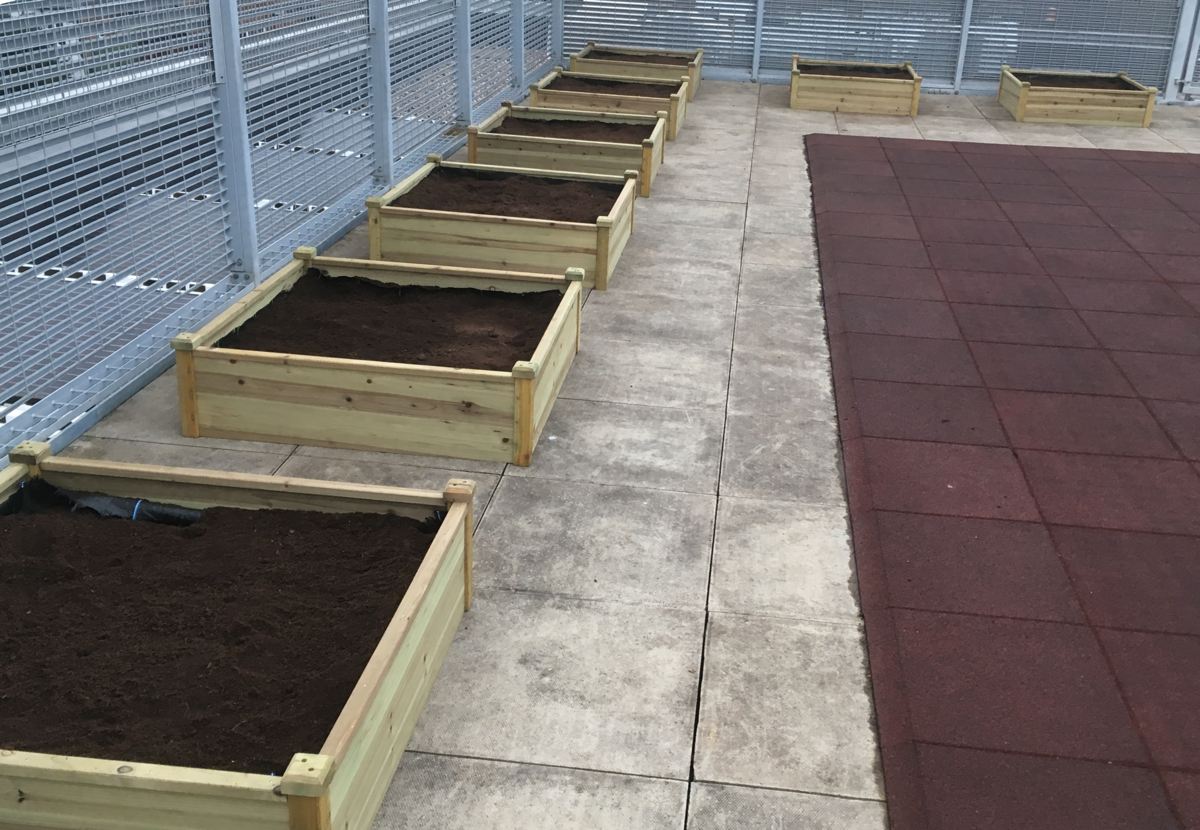I have always been interested in British wildlife since watching hedgehogs, squirrels and foxes in my childhood back garden during the 1980s. This interest has stayed with me and now as an adult I love encouraging wildlife into my garden and plan many British holidays with ‘ticking a British creature off the list’ as the main focus!
I am now a primary school teacher in the middle of a town centre and over the years have become concerned with how little they know about our British wildlife. Some children were unable to name a pigeon and a magpie (common visitors to the school grounds), some thought that they’d find starfish and dolphins in the local river and when asked, “Why do we need to learn about our British wildlife?”, I was given the reply, “Because we need to know what’s dangerous”. It occurred to me that not every child is as lucky as I was, some do not have gardens or get taken on adventures in the countryside and because there is less wildlife around anyway these days, how can an interest be ‘sparked’ in a creature if they have never seen it? I felt passionate about doing something, so I created Hoglets!
To begin with, I rented a room at Amerton Farm in Staffordshire. Over school holidays I created drop-in family craft days with free educational activities so that children could learn about a British creature whilst creating it. Each holiday I chose a different theme – during the winter we learned about garden birds and how to care for them, in the spring investigated different lifecycles and then through the summer we explored our seashore and its inhabitants.
Whilst running these craft days, I built a valuable partnership with a local wildlife hospital called the British Wildlife Rescue Centre. I decided that I would like to fundraise for this charity and through various initiatives over the year, raised about £750. In return, they join me regularly at Hoglets with their furry, feathered and prickly patients! For me, this turns Hoglets into a 3-dimensional learning experience, not only can children learn about a creature and create it, but they can meet it too!
We’ve even taken hedgehogs into schools where when asked the question “Who has seen a hedgehog before?”, two thirds of the hands have remained down! It is increasingly difficult for children to see hedgehogs nowadays and although I can’t reproduce the experience I had in the 80s for them, if I can ‘spark an interest’, I am happy!
Last September I went part time at school so that I could spend more time developing Hoglets. Since then I have worked with the school to develop a wildlife garden which children can access, have successfully applied and received funding to develop outdoor learning areas and train staff (last week we built 13 planters with the children on the school roof), have ran wildlife competitions during the holidays and have delivered weekly wildlife workshops to every class within the school.
Moving forward with Hoglets, I hope to repeat some of the above in other urban schools as well as replicating the wildlife workshops to local home educated communities. I am returning to Amerton Farm to deliver more family drop-in days and I hope for many more wildlife visits with the British Wildlife Rescue Centre. This year they are embarking on a mammoth mission of relocating the hospital, so I hope to raise some funds for them this summer by completing the Coast to Coast walk. Not only will this money go towards building new rehabilitation enclosures, it will help to continue the vital work they are doing, not only for our local wildlife but for Hoglets and our local children!
Andy (Hoglets)


